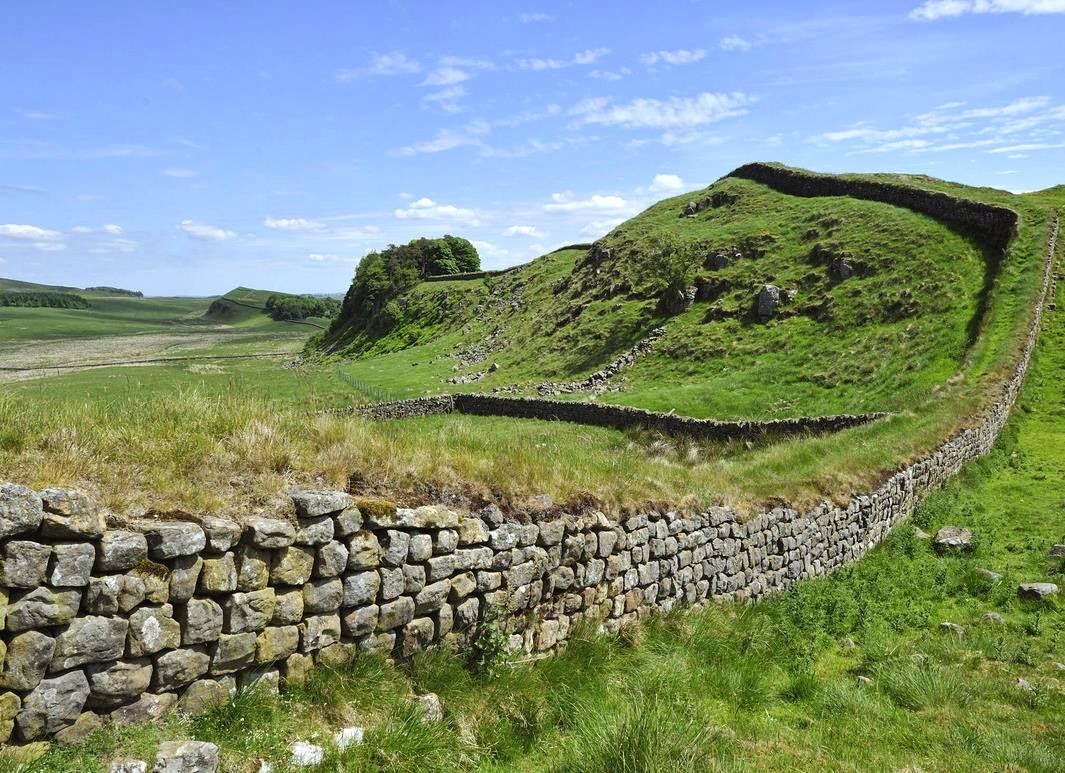
Hadrian’s Wall Trust revealed it is to close this week, with a series of organisations scrabbling to put funding in place to ensure one of Britain’s most famous monuments can be adequately maintained in the long term.
Linda Tuttiett, chief executive of the Trust, said: “We hope and pray resources can be found to keep the heritage site safe” after confirming that funding cuts had forced the trustees to close the seven-year-old organisation.
“The future is uncertain. Everyone is committed to finding a solution, but it has still not been finalised and nobody has got any money.”
She continued: “It would be dreadful to think one of Britain’s premier heritage sites was not being looked after properly,” adding: “I’m sure that won’t happen, but we would call on all of our strategic partners to find the resources to do a good job.”
English Heritage, Natural England and the eight local authorities that part-fund the Trust are working with the Northumberland National Park Authority and the World Heritage Site Management Plan Committee to ensure Hadrian’s Wall is properly maintained when the Trust closes.
Henry Owen-John, north-west planning director for English Heritage, said preserving and maintaining the monument was the “most important thing for all of us” adding the organisations were doing “all we can”.
Hadrian’s Wall, which was begun in AD 122, stretches 84 miles, while the entire World Heritage Site is 120 miles. The Trust was set up seven years ago as the Wall had been “failing badly”.
It was designed to oversee the operations as previously a series of organisations were involved in running the site including the National Trust, English Heritage, eight local authorities and over 300 landowners.
Ms Tuttiett said: “There was a consultation that suggested there needed to be a single overarching body for the care and protection of the monument.”
The Trust arrested a 30-year decline in visitor numbers and in five years the attendances at the 11 museums across the site rose from 600,000 to one million in 2011/12, putting it on a par with Stonehenge.
Author: Nick Clark | Source: The Indepedent [March 25, 2014]